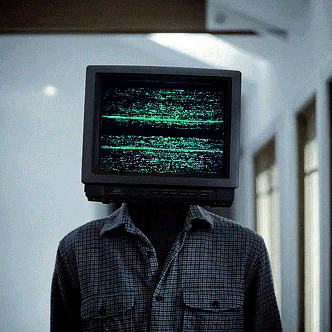I’m not really sure if I am the right person to offer a critique of news coverage of the mysterious undergarments worn by the faithful in the Church of Jesus Christ of Latter-day Saints.
After all, I’m an Eastern Orthodox Christian, which is about as ancient and Trinitarian as you can get.
However, a recent New York Times piece linked to this topic does offer two perfect examples problems that your GetReligionistas see all the time when reading elite mainstream press coverage of topics that some people consider controversial and that religious leaders in a specific tradition really wish they didn’t have to keep discussing (ask Mitt Romney). Let’s start with the eyebrow-raising double-decker headline:
Among Mormon Women, Frank Talk About Sacred Underclothes
Frustrated by itchy, constrictive church-designed garments, they are asking for better fit, more options and “buttery soft fabric.”
Right, the world’s most influential newsroom went there. Of course, experienced religion-news readers can predict, with about 99% odds of being correct, what this story will have to say — without reading a single sentence. It has to be a story about modern women struggling in a male-dominated religious tradition that is struggling with modernity. What else could it be about?
That’s a given. In this case, the opening anecdote comes from Sasha Piton of Idaho Falls, Idaho, who is known online as @themormonhippie. Here is a crucial block of background material (cue the music):
Ms. Piton, 33, had tapped into a familiar problem that few women in the church felt bold enough to discuss publicly. Her posts drew thousands of comments and private messages, in which women vented their frustrations with the holy apparel: itchy hems, bunchy seams, pinching waistbands and even chronic yeast infections caused by fabric that does not breathe.
“It’s sacred,” one commenter wrote. “But it’s still actual underwear.”
Temple garments date back to the church’s origins in the 19th century and symbolize the wearer’s commitment to the faith, akin to the religious garments of many other faith traditions. Adult Latter-day Saints wear them after their “temple endowment,” a private membership ritual that typically takes place before missionary service or marriage. The church controls the design and manufacturing process of the garments, and sells them globally at low prices.
In my opinion, there’s quite a bit to praise in this report. However, it’s easy to two familiar problems seen in many religion-beat stories about somewhat hot-button topics. We can see No. 1 right here:










